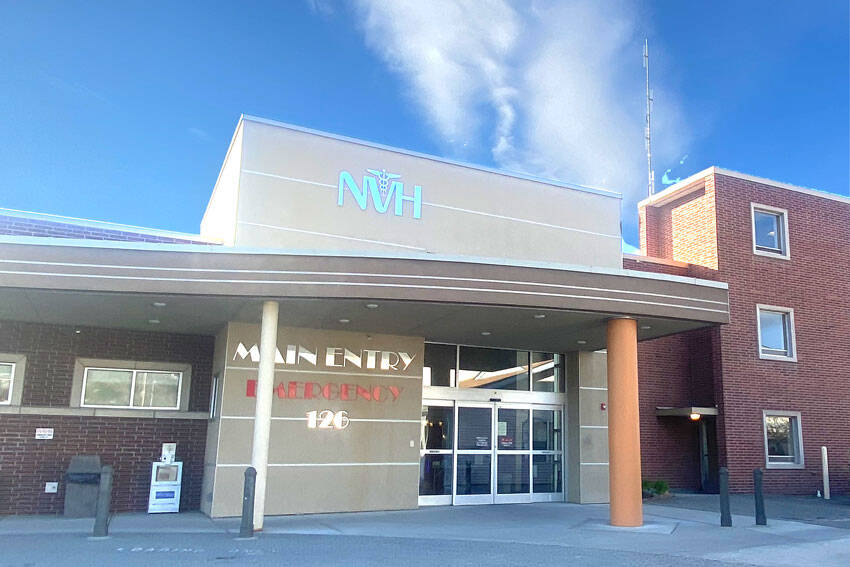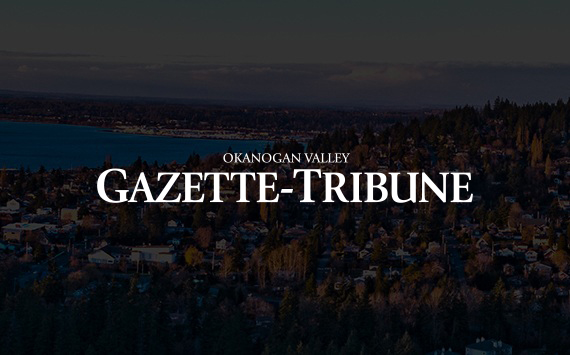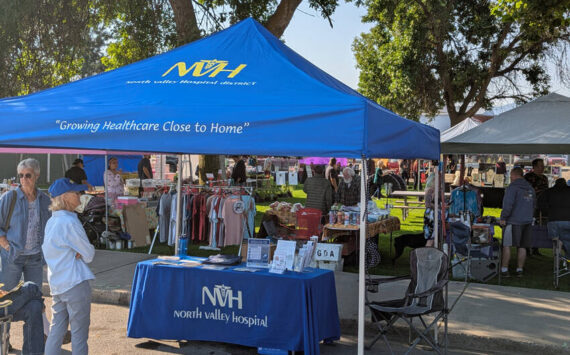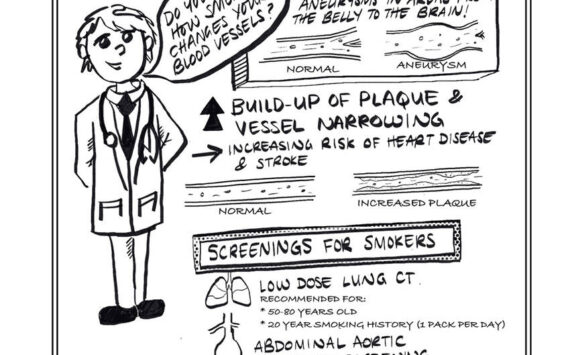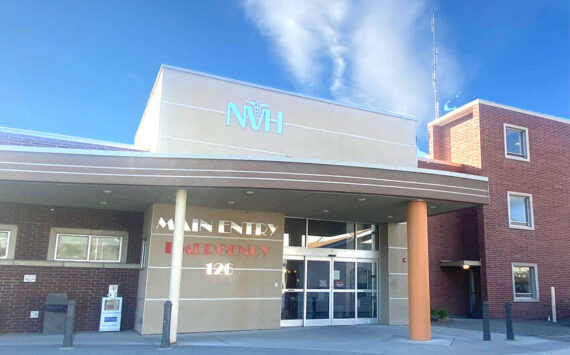TONASKET – North Valley Hospital (NVH) Board of Commissioners (BOC) met for their monthly meeting, Thursday, Jan. 30. CEO John McReynolds discussed potential federal changes on the horizon.
“There are a number of things that are pretty concerning from the hospital’s perspective,” said McReynolds.
He said there are some things to keep in mind on the funding front.
“Probably the soonest thing that could happen is our USDA grants. We are just about ready to start drawing on that money,” said McReynolds.
In January, the Grants Committee applied for two grants. The State of Washington funds improvement projects through the SHIP Grants, and NVH has benefited from the program for many years. The group also applied for a new opportunity called the Rural Hospital Stabilization Program. This project is not financial assistance but technical support for financial improvement projects funded by HRSA and facilitated by the National Rural Health Resource Center.
According to McReynolds, the SNAP Program, which was introduced last year and generated $1 million for the hospital, has not yet been approved for 2025.
“This is a potential risk,” he noted.
Across the board, McReynolds said there are concerns about Medicaid cuts and what that will look like, both for North Valley Extended Care and the hospital.
“Right now, we have one of the lowest rates of uninsured people in the United States than we’ve had in a long time.”
McReynolds said another aspect of concern is immigration enforcement.
There was no financial report given but the administration reported that with an improved census and strong outpatient volumes across most departments, the financial results for January are projecting a positive net income. “Volumes across the outpatient departments have mostly been up, except the TFMC, which was impacted by provider absences,” as stated in the most recent Administration Report.
Each year NVH completes an Annual Hazard Vulnerability Assessment for both the Extended Care and hospital.
McReynolds said this process evaluates the risks of various types of disasters or emergencies and ranks the likelihood of occurring and the severity of impact.
“We do this to figure out what we are at risk for so we can prepare,” said McReynolds.
Based on the ranked list, NVH ensures they have policies, procedures and plans for these potential events. It is also used to focus our annual drills. Extended Care and the hospital have different risks due to the populations that they serve and the facility impacts. For example, the Extended Care is at greater risk for fire or HVAC failure because it is a wood structure with older equipment. The hospital is much more reliant on internet connectivity to perform tasks, so communication outages are a relatively higher concern.
McReynolds went on to say the matter will be discussed by the Safety Committee in February.
According to the CEO, the City of Tonasket is projecting road construction to resume in March.
“They are going to continue to keep us updated,” he said.
The board considered and passed the Consent Agenda. The agenda included the regular board meeting minutes from December; Bad Debt, $ 86,927.94; Charity Care, $ 85,224.87; NVH A/P Vouchers, $2,765,977.45; and LTC A/P Vouchers in the amount of $ 458,088.04.
The medical staff appointments and courtesy appointments of Mark Coburn, MD, Kevin McCammack, MD Michael Tran, MD and Hartley Sirkis, MD were approved.
During the officer election portion of the meeting, the BOC concluded with no changes to the current leadership and decided to retain the existing officers.
The board of commissioners regular board meetings are usually held the last Thursday of the month at 7 p.m. in the commissioners’ boardroom in the Verbeck Building.
